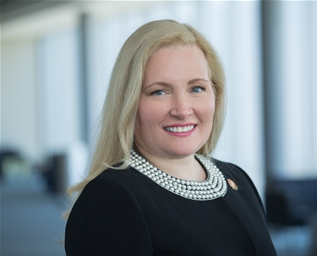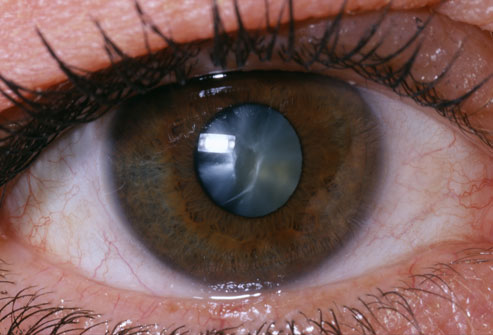Routine Eye Exams
Most people visit their optometrist or eye doctor when they are having trouble seeing, when their vision is blurry, or when something in their vision is off. But, it’s important to visit your optometrist at least once a year for an in person comprehensive eye exam.
What Do Optometrists Check During A Comprehensive Eye Exam?
- Assess the internal and external health of your eyes
- Check your pupils, side vision, and eye movements
- See how your eyes work together as a team
- Assess your prescription when you wear glasses or contacts
- Look at your neurological system
- Run additional tests based on the patient’s symptoms and age
“People don’t realize that the eyes are an extension of the brain, the optic nerve that sends signals from the eye to the brain is one of the 12 cranial nerves,” explains Dr. Andrea Thau, American Optometric Association President and Doctor of Optometry (O.D). When an optometrist looks inside your eyes and dilates your pupils, they not only look at your eyes, but they assess your eye movements, which are hooked up neurologically.

Vision uses more than half of the brain, so based on the deficiencies of the visual system, they can look and pick up neurological problems in various areas of the brain. “The eye is the only part of the body where we can actually see your arteries and veins without cutting you open. They are underneath a clear membrane in the back of the eye of the retina, so we can see those blood vessels,” she explains.
Finding tumors during a routine eye exam is surprisingly very common. “I’ve found brain tumors, multiple sclerosis, aneurisms, and all kinds of neurological problems when a person is just coming for an eye exam and we find a life-threatening condition,” Dr. Thau says. There are a variety of health problems that they can see, such as diabetes, hypertension, sickle cell, leukemia, and many more.

Why couldn’t Ruby’s pediatrician do more for her and why did it take an optometrist to find the tumor?
“Vision problems are a common cause of headaches and you don’t want to send every child with a headache to get a brain scan because most of them are not going to be tumors,” says Dr. Thau. The difference between what a primary doctor and an optometrist can do is that an optometrist can dilate pupils and see three-dimensional views of the optic nerve and the whole visual system in a way that a primary care doctor can’t.
Dr. Thau commends Ruby’s mother for listening to her gut feeling and paying attention to what her optometrist saw when she dilated her pupils. Even though Dr. Thau is not Ruby’s doctor, she’s seen similar cases. More than likely, if Ruby had not seen her optometrist she would’ve probably lost vision in one eye, then possibly had a stroke, and eventually died because the growing mass in her head would’ve caused additional damage.
This is why it’s so important to have a comprehensive routine eye exam every year. Just like with Ruby, eye exams can help detect serious illnesses and the sooner you are diagnosed, the better the outcome. Visit AOA.org to find an optometrist and for more information on eye health.






